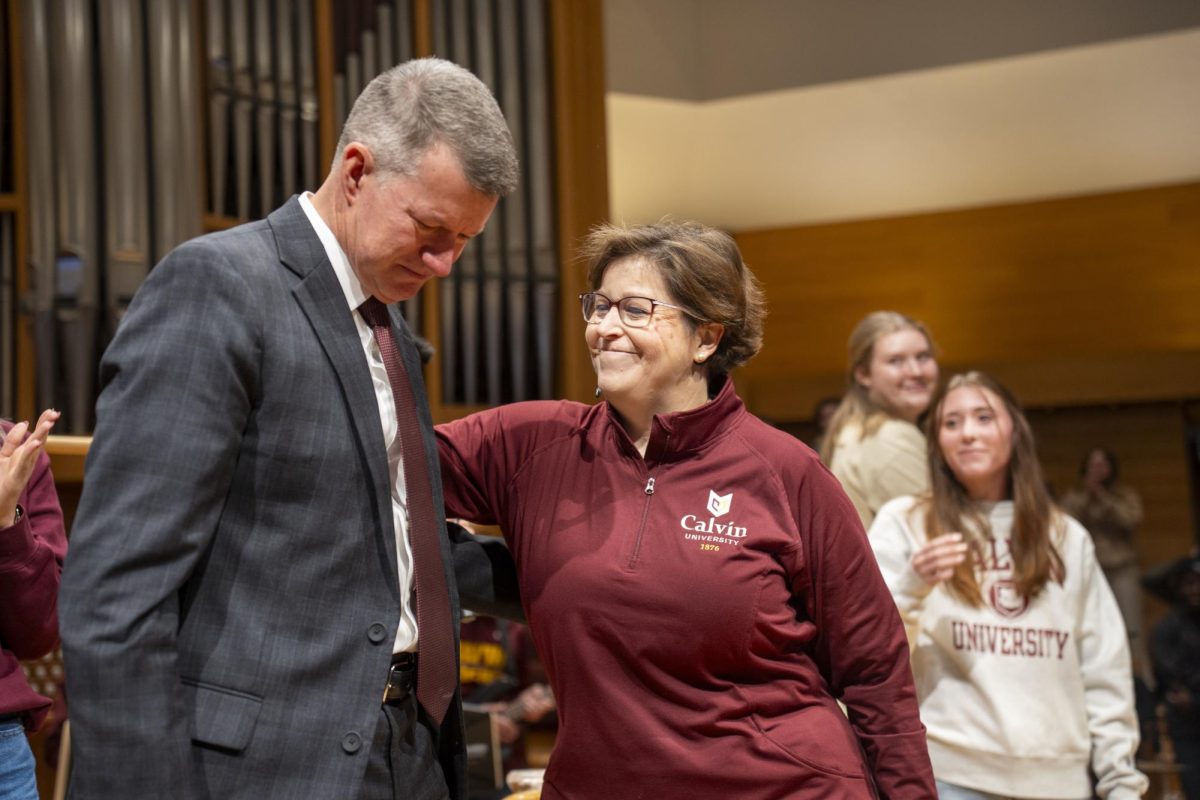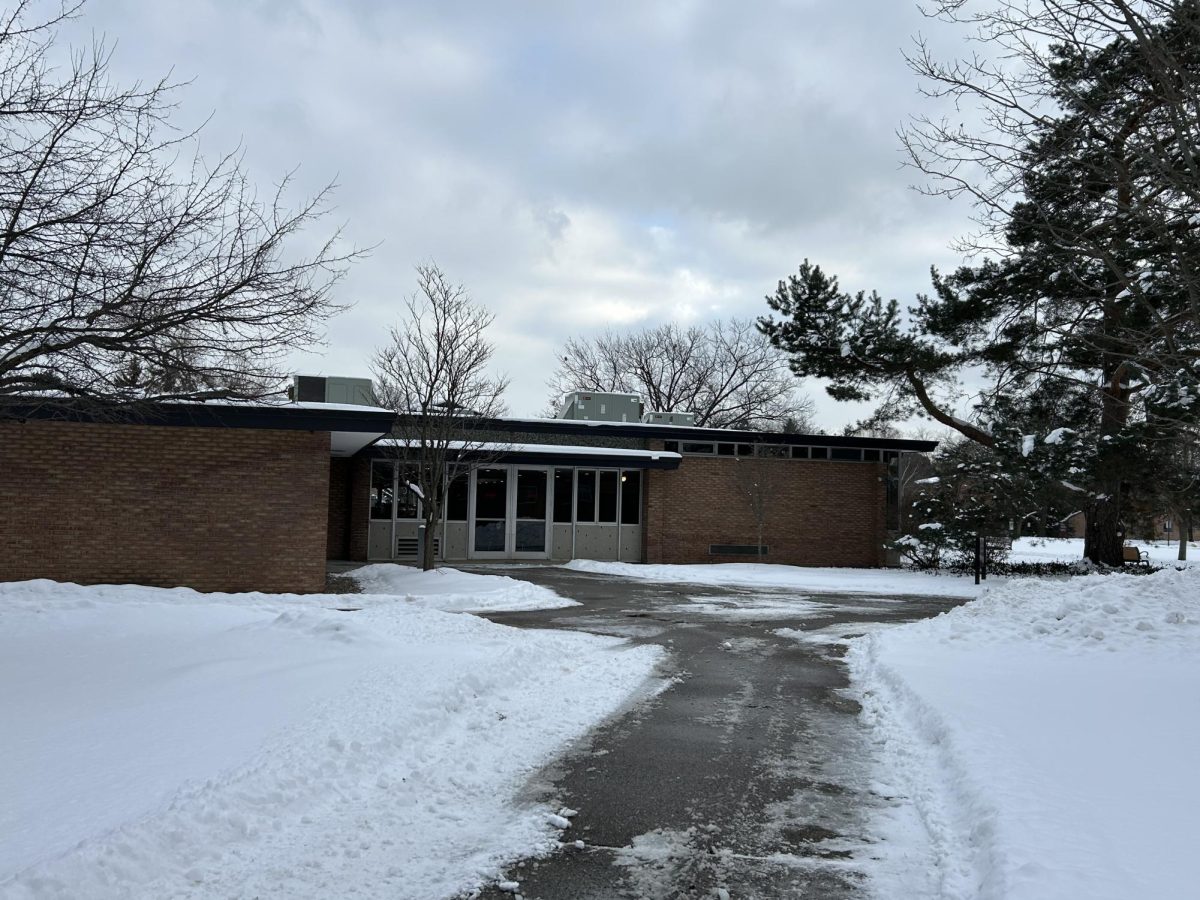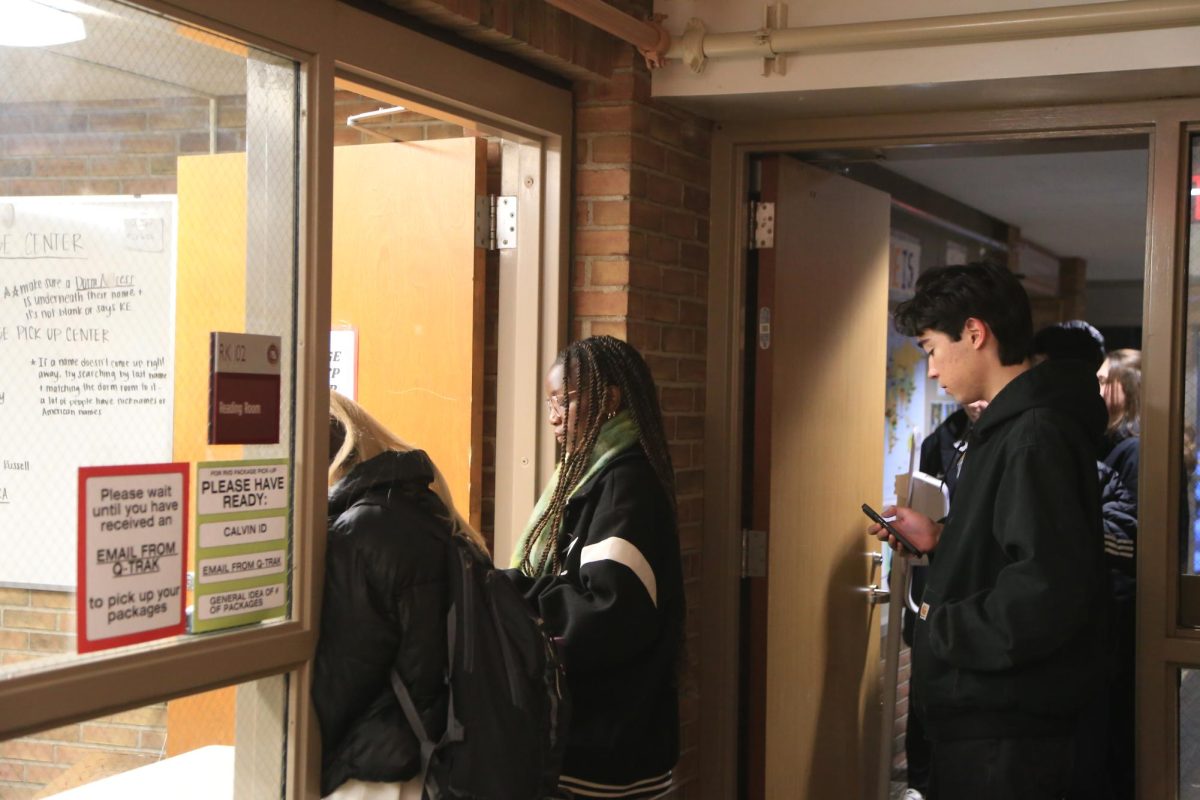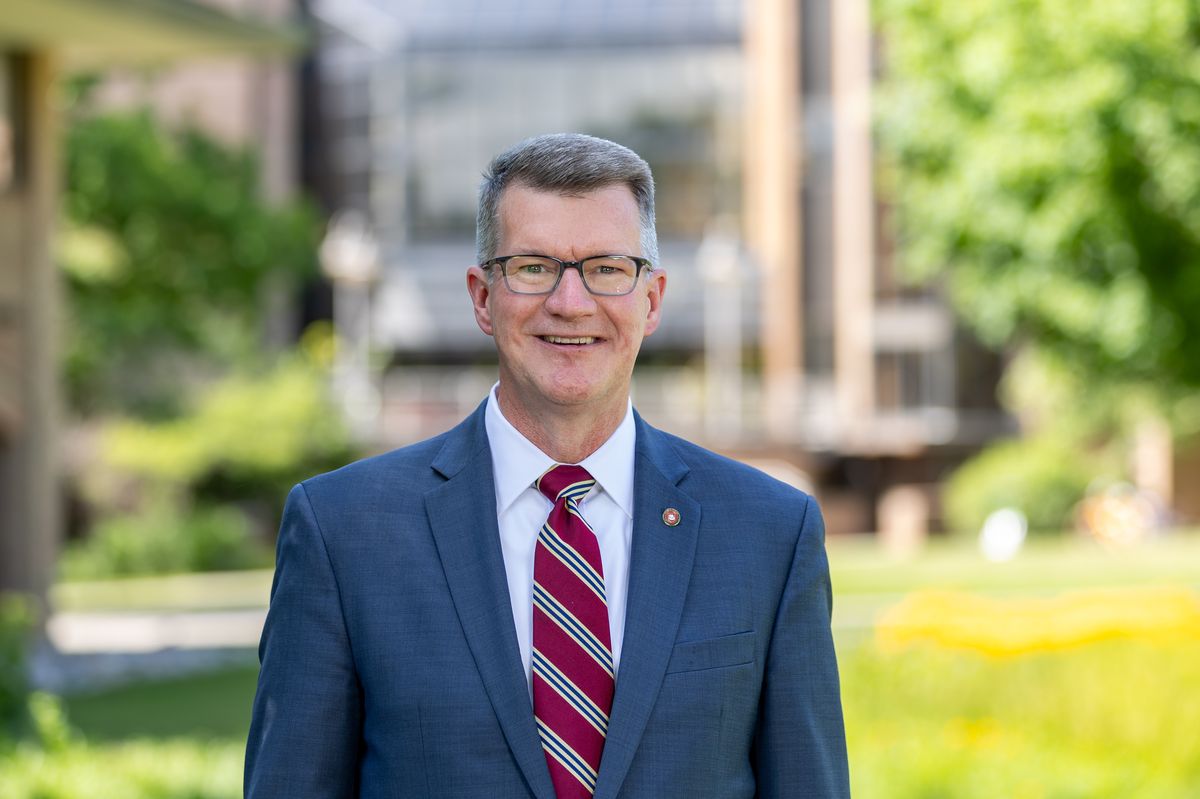After Joel Adams and his colleagues from Macalester and St. Olaf colleges received a National Science Foundation grant to help computing educators teach their students, Adams began to branch out to other colleges to conduct workshops.
One of these colleges was Navajo Technical College, a tribal college located in Crownpoint, New Mexico.
“When we wrote the grant proposal, we specifically identified Navajo Technical College (now University) as a place where we could convene a southwestern U.S. workshop to begin building a community of parallel computing educators in the Four Corners region,” said Adams.
Navajo Tech then hosted a parallel computing conference for high school and college students with Jason Arviso as one of the liaisons in organizing the event.
This is the first project’s first collaboration with a tribal college in computer science. Pat Bailey, who is also in the department, has devoted several summers to working with the Lakota people in South Dakota.
But this is the first time Calvin has worked with Navajo Technical University. Adams and the rest of the department hopes to hold a follow-up workshop next summer, with Navajo Tech being a strong possibility for its location. Those plans will be finalized sometime next spring.
Adams said that as one of the workshop leaders, his role was mostly in teaching the other faculty and helping them see ways to incorporate parallel computing topics into their teaching. He stated that this project has given him a variety of new ideas, tools and topics to incorporate into his own teachings.
He will be integrating those teaching into his high performance computing this fall. He states that STEM and computing students should experiment with hands-on experience.
“Theoretical knowledge has its value; it is when that theory is put into practice that the benefits of STEM actually reach society,” he said.
“I very much enjoyed my time at Navajo Technical University. I was impressed with the people I met and their vision for moving the university forward,” said Adams. “The people were friendly and welcoming, the landscape was amazing and learning more about Navajo history and culture was especially interesting.”








